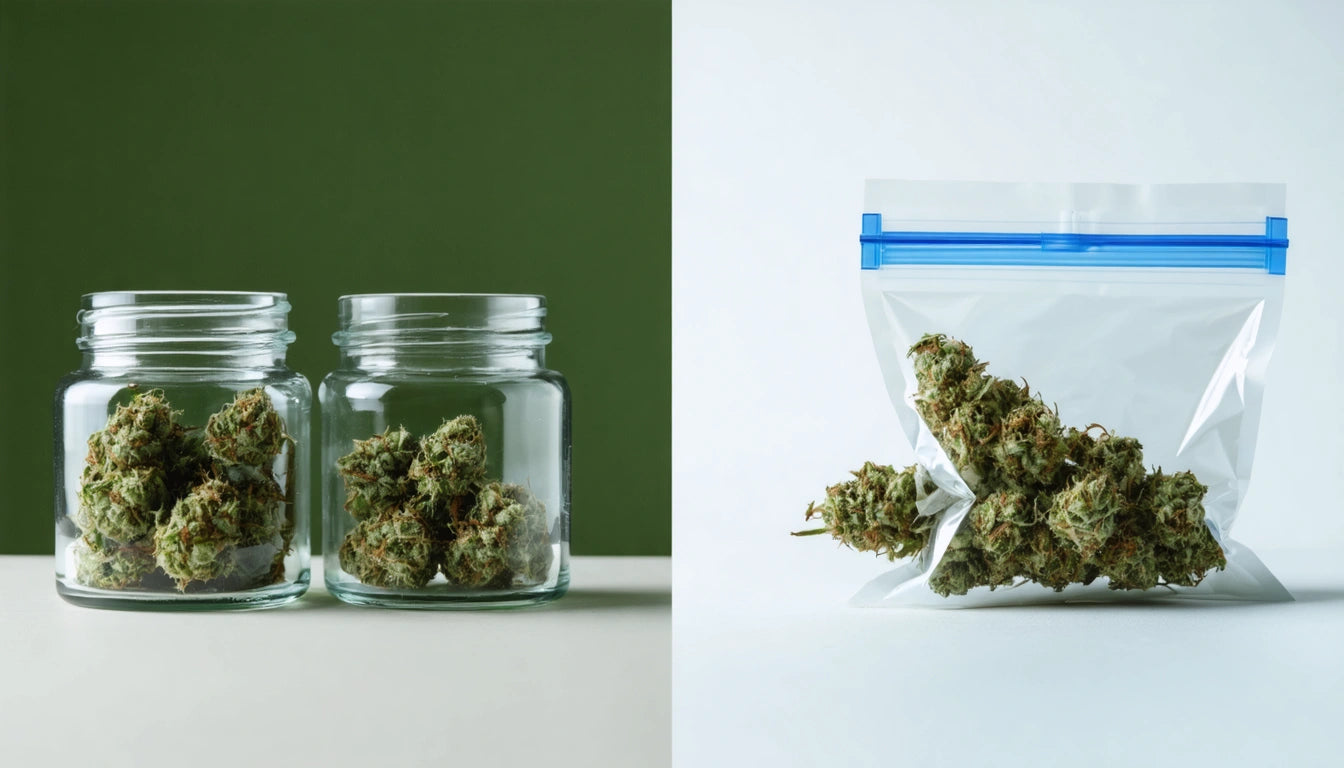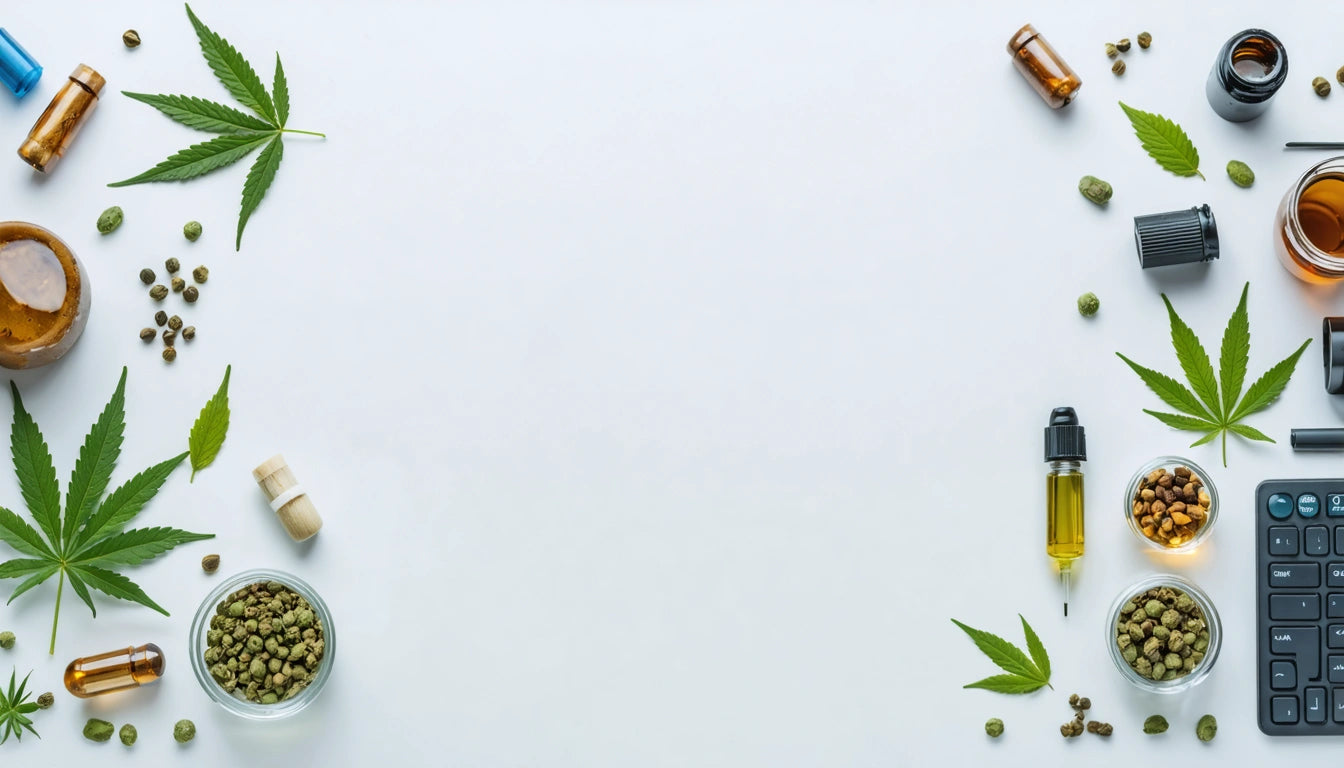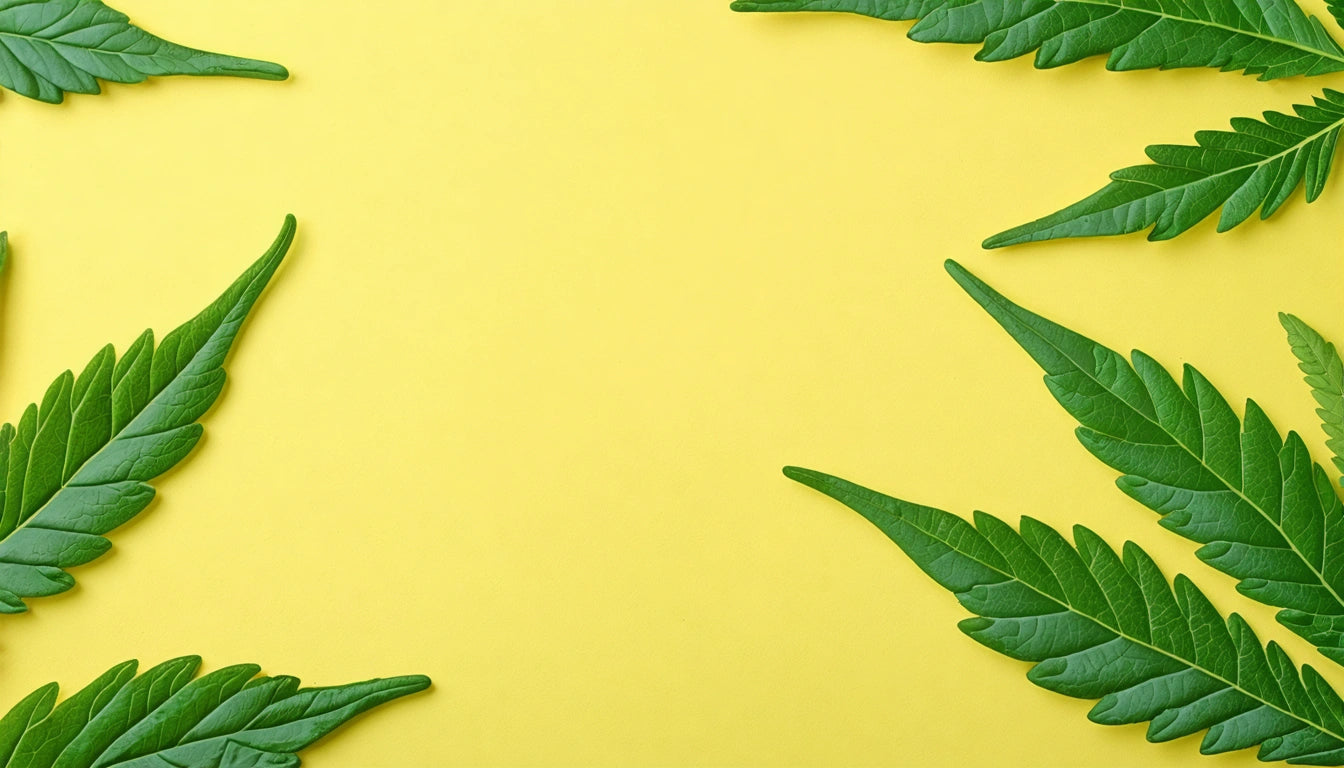Table of Contents
- Packaging Fundamentals: Glass Jars and Mylar Bags
- Preservation Factors: Humidity, Light, and Terpene Retention
- Sustainability Considerations for Cannabis Packaging
- Branding and Consumer Experience
- Compliance and Practicality Factors
- Cost Analysis: Initial Investment vs Long-Term Value
- Making the Right Choice for Your Cannabis Brand
When it comes to cannabis flower packaging, the debate between glass jars and Mylar bags continues to divide brands and consumers alike. Each option offers distinct advantages in preservation, sustainability, branding potential, and cost-effectiveness. Understanding these differences is crucial for making informed packaging decisions that align with your brand values and product requirements.
Packaging Fundamentals: Glass Jars and Mylar Bags
Glass jars have been a traditional storage solution for cannabis flower, offering rigid protection and an air of premium quality. Typically made from borosilicate or soda-lime glass, these containers provide excellent visibility and a satisfying tactile experience. As highlighted in this comparison guide, glass containers signal quality and tradition to many consumers.
Mylar bags, on the other hand, consist of polyester film with aluminum layering that creates a flexible yet highly protective barrier. Their lightweight design and customization potential have made them increasingly popular in the cannabis industry. The flexibility of Mylar allows for innovative packaging designs that can stand out on dispensary shelves.
Preservation Factors: Humidity, Light, and Terpene Retention
Humidity Control
Proper humidity levels are essential for maintaining cannabis potency and preventing mold growth. Glass jars provide an airtight seal when properly closed but require additional humidity control solutions. Mylar bags with proper sealing can maintain optimal humidity levels, especially when combined with humidity control packs that regulate moisture.
Light Protection
UV light degrades cannabinoids and terpenes rapidly. Clear glass offers minimal protection unless tinted (amber or cobalt), whereas Mylar bags typically provide complete light blockage. This makes Mylar particularly effective at preventing cannabis degradation during extended storage periods.
Terpene Preservation
Terpenes contribute significantly to cannabis aroma, flavor, and effects. Glass is non-reactive and doesn't absorb terpenes, while high-quality Mylar with proper barrier properties can effectively preserve these volatile compounds. Both options can maintain terpene profiles when properly sealed and stored.
Sustainability Considerations for Cannabis Packaging
Environmental impact has become a major factor in packaging decisions. Glass jars are infinitely recyclable and reusable, giving them strong sustainability credentials. However, their production and transportation carbon footprint exceeds that of lightweight Mylar.
Recent innovations have introduced eco-friendly alternatives to traditional Mylar, including compostable films and recycled content options. These developments are narrowing the sustainability gap between the two packaging types.
Branding and Consumer Experience
The packaging you choose significantly impacts consumer perception and experience. Glass jars create a premium unboxing experience and showcase the product visually. They also offer tactile satisfaction that many consumers associate with quality.
Mylar bags provide extensive branding real estate with full-surface printing capabilities. This allows for vibrant graphics and comprehensive product information, which can be crucial for driving sales through effective branding.
Consumer preferences vary by market segment, with recent trends showing that younger consumers often prioritize convenience and sustainability, while connoisseurs may prefer the traditional experience of glass.
Compliance and Practicality Factors
Child-Resistance
Both packaging types can be made child-resistant, though the mechanisms differ. Glass jars typically use push-and-turn caps, while Mylar bags employ specialized zippers or closures. When implementing child-resistant features, brands must balance security with user-friendly design.
Tamper Evidence
Regulations often require tamper-evident features. Glass jars can incorporate shrink bands or seals, while Mylar bags may include tear notches or permanent seals. These features not only ensure compliance but also build consumer trust through visible security measures, as explained in this guide on tamper-evident packaging.
Operational Efficiency
For large-scale operations, packaging efficiency matters. Mylar bags require less storage space and weigh significantly less than glass, reducing shipping costs. For producers looking to scale efficiently, automated filling equipment can dramatically increase packaging throughput for both glass and Mylar options, though flexible packaging typically offers faster processing times.
Cost Analysis: Initial Investment vs Long-Term Value
The cost comparison between glass and Mylar isn't straightforward. Glass jars typically have higher unit costs, shipping expenses, and storage requirements. Mylar bags generally cost less per unit and reduce logistics expenses.
However, the premium perception of glass may allow for higher pricing, potentially offsetting the increased costs. For brands on tight budgets, there are strategies for sourcing custom packaging economically while maintaining quality standards.
Making the Right Choice for Your Cannabis Brand
The decision between glass jars and Mylar bags should align with your brand positioning, target market, and operational capabilities. Premium brands focusing on connoisseurs might benefit from glass packaging, while brands prioritizing wide distribution and competitive pricing may find Mylar more suitable.
Many successful brands utilize both options for different product lines or weight categories. This hybrid approach allows for strategic positioning across price points and consumer segments while optimizing operational efficiency.
Regardless of your choice, avoiding common packaging pitfalls and ensuring your packaging meets all state-specific requirements should remain top priorities for sustainable business growth.











Leave a comment
All comments are moderated before being published.
This site is protected by hCaptcha and the hCaptcha Privacy Policy and Terms of Service apply.